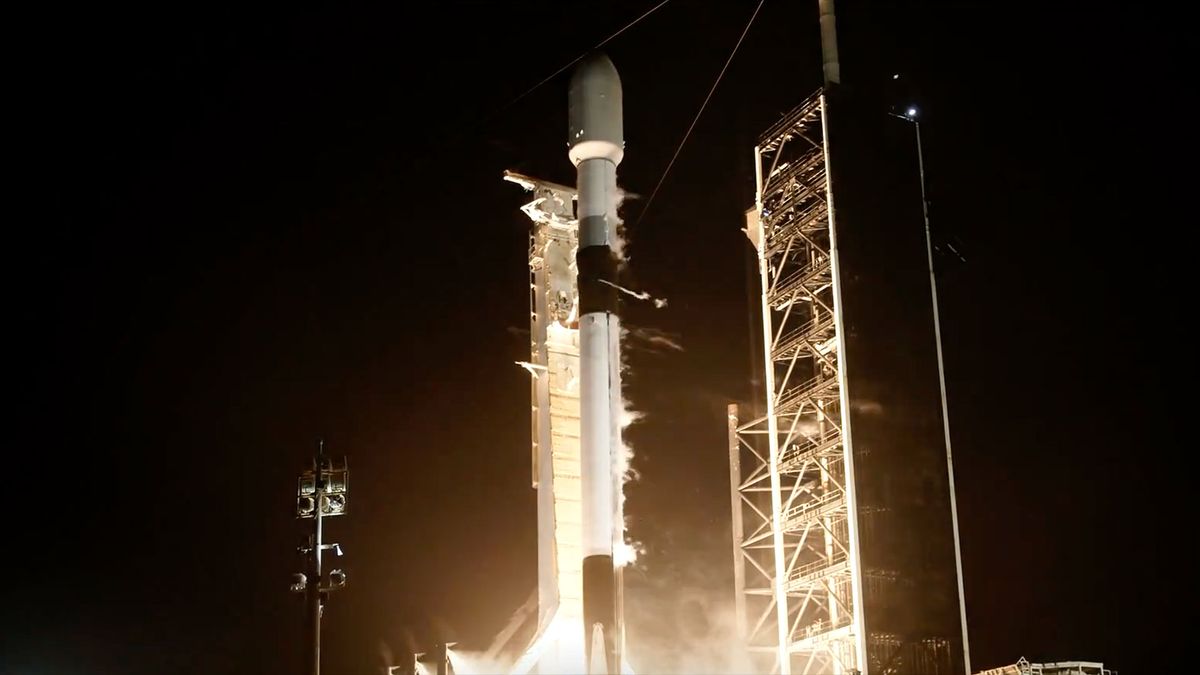The topic of power supply is now more important than ever. At the Karlsruhe Institute of Technology, researchers have digitally recreated the German power system and connected it to a small village. Now the Minister of Research has embarked on an important task.
To ensure Germany’s independence in terms of energy supplies and to tackle climate change, politicians rely on scientific findings. It’s about the big questions we need to deal with urgently, Federal Research Minister Bettina Stark-Watzinger (FDP) said Friday during a visit to the Karlsruhe Institute of Technology (KIT). How do we produce renewable energy? How do we store it? But above all: How do we combine the different energy sources so that our network is stable?
Research should help put the individual pieces of the puzzle together in order to quickly implement the energy transfer, in order to quickly become the master of energy, Stark-Watzinger set the speed. There shouldn’t be a problem. Some people may not understand that energy is the basis of our prosperity.
However, the minister said there are still open research questions. What works on a small scale should work on a large scale. The basic research in Germany is very strong and must continue. It is also important to use existing technologies such as hydrogen and biomass. Now we can be faster there, said the Minister of Research. Science has been working on this for a long time. Now the political will is there.
At KIT, researchers at Energy Lab 2.0 have built a detailed digital twin of the German power system. All power lines and switches as well as connections to neighboring countries are taped to a level of detail that can’t be found anywhere else, said Michael Decker, professor of technology assessment. Parameters such as Power-to-X systems can be operated to store or increase the use of excess electricity, for example during strong sunlight or innovative energy storage as desired.
Everything is connected to a small village in order to map the source of energy from generation to consumption: for example, photovoltaic systems that are aligned and tilted in different ways capture sunlight. Typical homes are equipped with various infrastructure such as heat pumps. Among other things, research is being conducted there on how household appliances contribute to the stability of the power grid, for example by adapting their consumption to the amount of electricity available at the time.
Stark-Watzinger began a large-scale simulation on Friday. According to Professor Decker, the goal is to find out how the system can remain stable even if, for example, gas supplies from Russia suddenly collapse or a power plant fails. A good simulation gives us a glimpse into the future. With Energy Lab 2.0 we can show that a climate-neutral energy system is possible in the future, said Professor Thomas Hirth, vice president for transportation and international affairs at KIT.

“Certified tv guru. Reader. Professional writer. Avid introvert. Extreme pop culture buff.”






More Stories
Monport is revolutionizing DIY projects with fiber laser technology
This is how the technology agency Hotwire works in Munich
Oh: Canadian company Pattison relies on Broadsign